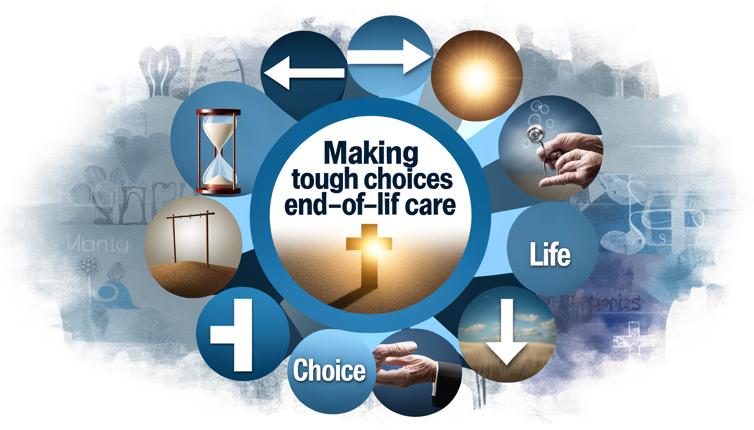Understanding Prescription Drugs
Prescription drugs are medications that are prescribed by healthcare professionals to individuals with specific medical conditions.,They are different from over-the-counter drugs, which can be purchased without a prescription.,Prescription drugs often require a doctor's evaluation and diagnosis, followed by a prescription that can be filled at a pharmacy.
Beneficial Effects of Prescription Drugs
Prescription drugs can provide significant health benefits for individuals suffering from various medical conditions.,They can alleviate symptoms, manage chronic conditions, and even save lives.,Prescription drugs are carefully formulated to target specific health issues and can provide relief and improvement in quality of life.
Potential Risks of Prescription Drugs
While prescription drugs can be highly effective, they also come with potential risks and side effects.,Some common risks include allergic reactions, adverse interactions with other medications, and the potential for dependency or addiction.,Certain prescription drugs may also have long-term effects on the body, and regular monitoring may be required to ensure safety and efficacy.
Balancing Risks and Benefits
When considering the use of prescription drugs, it is important to weigh the potential risks against the benefits.,This can be done through open communication with healthcare professionals, understanding the potential side effects, and evaluating alternative treatment options.,Patients should also be aware of their own medical history, lifestyle factors, and preferences when making decisions about prescription drug use.
Conclusion
Prescription drugs play a crucial role in modern healthcare but should be used with caution. Understanding the potential risks and benefits is essential for making informed decisions about their use. Open communication with healthcare professionals, diligent monitoring, and self-awareness can help individuals weigh the risks and benefits and make the best choices for their health.









